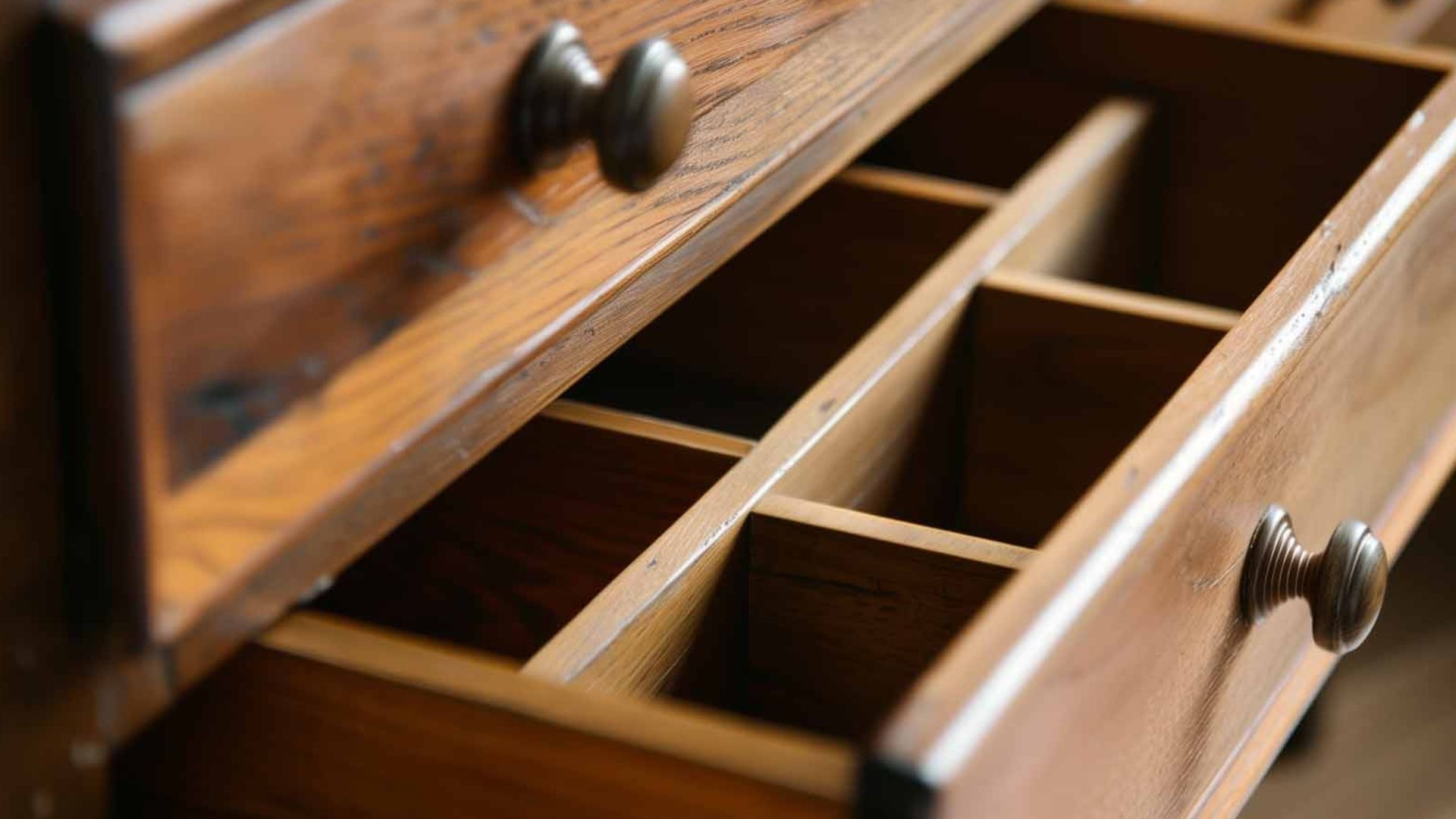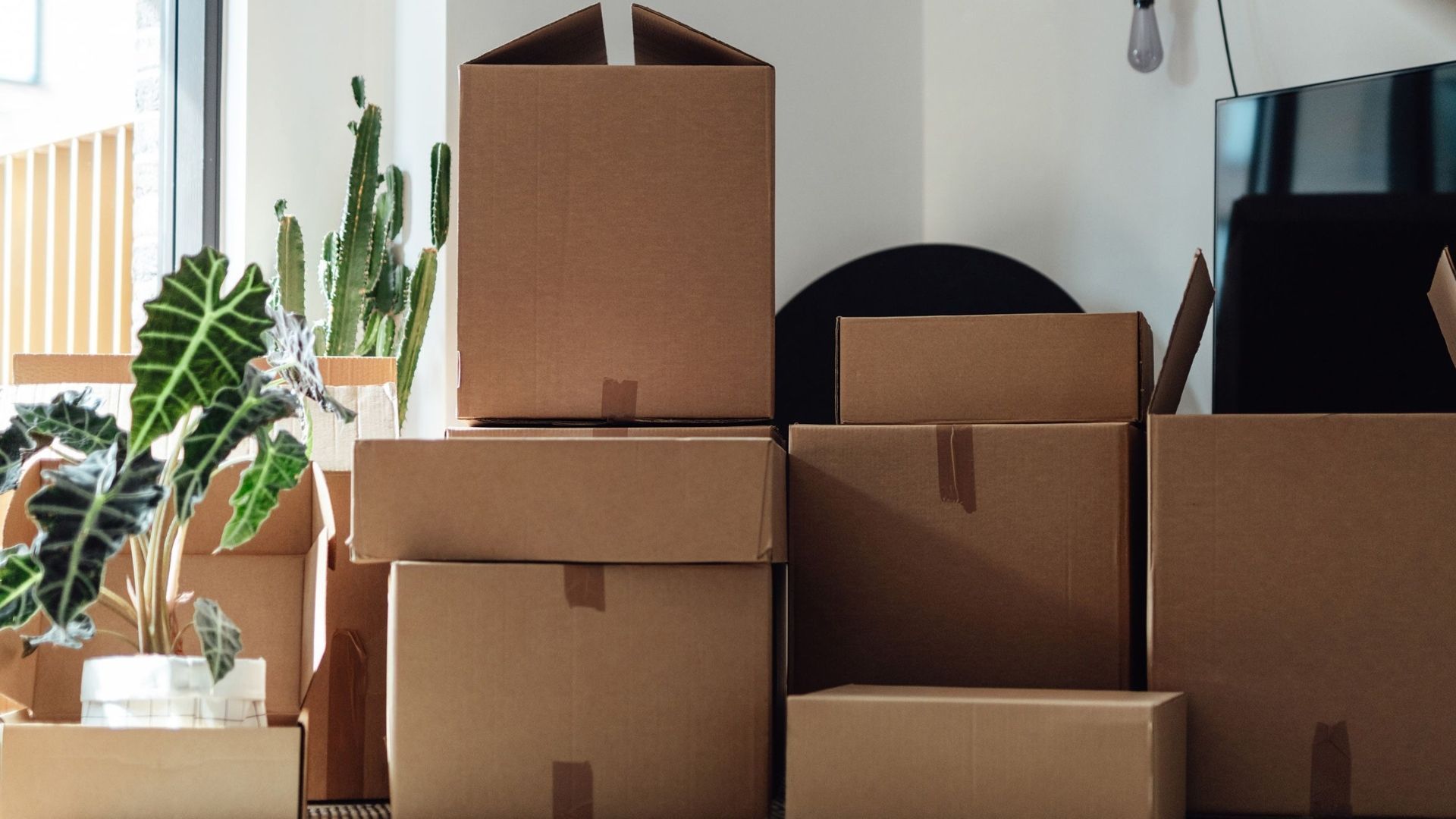Are Vacuum-Sealed Bags Good for Moving?
Yes, vacuum-sealed bags are good for moving! These space-saving bags can compress your belongings by up to 75%, helping you fit more items in fewer boxes and save money on your move. However, they work best for specific items like clothes and bedding, and you need to use them the right way.
What Are Vacuum-Sealed Bags and How Do They Work?
Vacuum-sealed bags are special plastic bags that remove air to compress your items. They come with a port where you attach a vacuum hose. When you turn on the vacuum, it sucks out all the air and makes your items shrink down to a much smaller size.
Think of it like squeezing all the air out of a pillow. The pillow gets much smaller, but it still weighs the same. That's exactly how vacuum bags work for moving.
Types of Vacuum Bags for Moving
There are several types you can choose from:
Roll-up vacuum bags don't need a vacuum cleaner. You just roll them up and push out the air by hand. These are great if you don't have a vacuum handy.
Electric vacuum bags use a regular vacuum cleaner to suck out the air. They usually compress items more than roll-up bags.
Hand pump bags come with a small pump that you use to remove the air. These work well for smaller items.
What Items Should You Vacuum Seal for Moving?
Best Items for Vacuum Sealing
Clothes and clothing are perfect for vacuum bags. Cotton shirts, jeans, sweaters, and most everyday clothes compress really well. Vacuum bags can compress clothing by up to 75%, turning bulky items into flat, manageable packages.
Bedding and linens save the most space when vacuum sealed. Down comforters and thick blankets can shrink from taking up an entire box to just a few inches thick. Bed sheets, pillowcases, and lightweight blankets also work great.
Pillows and cushions compress really well in vacuum bags. Your couch cushions and bed pillows will take up way less room in your moving truck.
Towels and washcloths are another great choice. Bath towels are bulky but compress easily in vacuum bags.
Seasonal clothing like winter coats, heavy sweaters, and boots work well if they're made from the right materials.
Items You Should NOT Vacuum Seal
Leather items can get permanent cracks and wrinkles. Compressing leather jackets in vacuum bags can damage the material and leave permanent crease lines.
Down-filled items like expensive down jackets and sleeping bags can lose their fluffiness forever. These items have air trapped inside to work properly, and compressing them can permanently damage the loft.
Delicate fabrics such as silk, wool, and cashmere can get damaged. These materials need to breathe and can get permanent wrinkles.
Formal wear like suits, wedding dresses, and evening gowns should never go in vacuum bags. The pressure can ruin the shape and create wrinkles that won't come out.
Stuffed animals might seem like a good fit, but vacuum sealing can permanently misshape them.
Benefits of Using Vacuum Bags for Moving
Save Space and Money
Vacuum bags can give you four times more storage space in your boxes and moving truck. This means you might need fewer boxes and could even fit your move into a smaller truck.
When you use fewer boxes and a smaller truck, you save money on:
- Moving boxes and supplies
- Truck rental fees
- Professional mover costs (they charge by weight and space)
- Multiple trips if you're moving yourself
Protect Your Items
Vacuum bags act like a protective shield around your belongings. They keep out:
- Dust and dirt
- Moisture and water damage
- Bugs and pests
- Strong smells from other items
Stay Organized
Vacuum bags help you stay organized by grouping similar items together in clear, see-through bags. You can pack all your winter clothes in one bag and summer clothes in another.
Make Packing Easier
Instead of struggling to fit bulky items in boxes, you can compress them into flat packages that stack easily. This makes loading and unloading your moving truck much simpler.
Drawbacks and Things to Watch Out For
Your Clothes Will Get Wrinkled
The main disadvantage of vacuum bags is that your clothes will be more creased. Even if you fold them carefully, the compression creates wrinkles.
How to handle wrinkles:
- Plan to wash and iron items after your move
- Use fabric conditioner and lay clothes flat to air dry to help remove wrinkles
- Bring a steamer to your new home for quick touch-ups
Weight Doesn't Change
Vacuum packing doesn't reduce the weight of your items—only the volume. Your compressed clothes still weigh the same, so be careful not to make your boxes too heavy to lift safely.
Bags Can Break
Vacuum bags are made of plastic and can tear or lose their seal. Even small leaks make vacuum bags useless as they slowly refill with air. Always buy quality bags and have extras on hand.
Not Great for Long-Term Storage
Vacuum bags aren't ideal for long-term storage if you want clothes to stay in perfect condition. For moving, this usually isn't a problem since you'll unpack within a few days or weeks.
How to Use Vacuum Bags Properly for Moving
Step-by-Step Guide
Step 1: Prepare Your Items
- Wash and completely dry all clothes before sealing
- Make sure everything is clean for hygiene purposes
- Fold or roll items neatly (rolling often creates fewer wrinkles)
Step 2: Pack the Bag
- Don't overstuff the bag—this makes it hard to seal properly
- Group similar items together
- Keep clothes made of the same material in the same bag
Step 3: Seal and Vacuum
- Close the zipper completely before vacuuming
- Attach your vacuum hose to the port
- Turn on the vacuum and watch the contents shrink down
- Remove the vacuum quickly and seal the port
Step 4: Pack in Boxes
- Place the flat, compressed bags in your moving boxes
- Stack them like books for best use of space
- Label your bags so you know what's inside
Pro Tips for Success
Buy quality bags. Cheap vacuum bags often fail and cause more trouble than they're worth. Invest in thick, durable bags that will hold up during your move.
Have backup bags ready. Keep a few extra bags in case one breaks or doesn't seal properly.
Don't wait until moving day. Test your vacuum bags a few days before your move to make sure they work properly.
Consider the climate. Store vacuum bags away from extreme heat, as the plastic can melt.
Plan for unpacking. Remember that you'll need access to a vacuum or pump to re-seal bags if you need to repack during your move.
Vacuum Bags vs. Compression Bags
Compression bags don't remove air completely, so clothes won't be as squished but also won't save as much space. They're a good middle ground if you're worried about wrinkles.
When to Choose Each Method
Choose vacuum bags when:
- You have lots of bulky clothes and bedding
- Space is more important than preventing wrinkles
- You're moving long-distance and want to save on truck space
Choose regular packing when:
- You have delicate or structured items
- Preventing wrinkles is very important
- You're doing a short local move
Vacuum Bags and Professional Moving Companies
If you're hiring professional movers, talk to them about using vacuum bags. Most movers are happy to work with pre-packed vacuum bags, and they can even help you use them properly.
Benefits for Professional Moves
- Movers can load more efficiently with compressed items
- You might qualify for a smaller truck size
- Packing services can include vacuum sealing for an extra fee
- Professional movers know how to stack compressed bags safely
What to Tell Your Movers
Let your moving company know you're using vacuum bags when you get your estimate. This helps them plan the right truck size and gives you a more accurate quote.
Special Considerations for Different Types of Moves
Local Moves
For local moves, vacuum bags can still save space and reduce the number of trips you need to make. They're especially helpful if you have a small vehicle or limited time.
Long-Distance Moves
Vacuum bags shine on long-distance moves where every inch of truck space costs money. The space savings can really add up over hundreds of miles.
Apartment Moves
If you're using apartment movers, vacuum bags help you fit more in smaller elevators and narrow hallways. They're easier to carry than bulky boxes of clothes.
Senior Moves
For senior moving, vacuum bags can make packing lighter clothing and linens much easier. The compressed bags are lighter to lift than stuffed boxes.
Common Mistakes to Avoid
Overpacking Bags
Don't try to stuff too much into one bag. Cramming too much into a vacuum bag makes it difficult to seal and reduces effectiveness. It's better to use more bags with less stuff in each one.
Using Them for Everything
Remember that vacuum bags only work well for soft, compressible items. Don't try to vacuum seal books, dishes, or other hard objects.
Forgetting About Weight
Just because items are compressed doesn't mean they're lighter. Be careful not to make your luggage overweight, especially when flying.
Not Testing First
Always test your vacuum bags before moving day. Make sure you know how they work and that they seal properly.
Ignoring Storage Conditions
Clothes can get moldy in vacuum bags if stored improperly or if moisture gets trapped inside. Make sure everything is completely dry before sealing.
Environmental Benefits of Using Vacuum Bags
Moving has a significant environmental impact, with long-distance moves generating 10 to 12 tons of CO2. The EPA reports that transportation accounts for 28% of total U.S. greenhouse gas emissions, making it the largest contributor to climate change. Using vacuum bags can help reduce this impact by:
- Needing fewer boxes (less cardboard waste)
- Using smaller trucks (less fuel consumption)
- Making fewer trips (reduced emissions)
- Reusing bags for future moves or storage
This makes vacuum bags a more eco-friendly choice for your move.
Cost Analysis: Are Vacuum Bags Worth It?
Upfront Costs
A good set of vacuum bags costs $20-50. Compare this to:
- Extra moving boxes: $20-40
- Larger truck rental: $50-200 more per day
- Additional moving labor: $100-300
Potential Savings
Decluttering and smart packing can reduce moving expenses by 10% to 30%, according to Consumer Reports research. While vacuum bags don't reduce the amount you're moving, they can help you:
- Fit into a smaller truck
- Need fewer boxes
- Pack more efficiently
For most moves, vacuum bags pay for themselves in space and cost savings.
Alternatives to Vacuum Bags
If vacuum bags don't seem right for your move, consider these alternatives:
Compression Packing Cubes
These work like vacuum bags but don't remove all the air. They save space while being gentler on your clothes.
Rolling Technique
Rolling clothes instead of folding can save surprising amounts of space and prevents some wrinkles.
Wardrobe Boxes
Keep clothes on hangers and use wardrobe boxes to eliminate folding and rehanging.
Using Existing Luggage
Pack your suitcases full of heavy items like books. Suitcases with wheels make it easy to move heavy books.
Final Thoughts
Vacuum-sealed bags can be a game-changer for your move, especially if you have lots of clothes, bedding, and other soft items. They can save you significant space and money while keeping your belongings protected during transport.
The key is knowing what to pack in them and what to avoid. Stick to cotton clothes, bedding, and towels, but keep your leather, down, and delicate items out of vacuum bags.
Remember that vacuum bags work best as part of a complete packing strategy. Use them alongside regular boxes, proper packing materials, and careful planning.
Whether you're planning a local move or a long-distance relocation, vacuum bags can help make your move more efficient and less expensive. Just remember to test them first, buy quality bags, and plan for some wrinkles in your clothes.
Ready to start planning your move? Consider using vacuum bags as one tool in your packing toolkit, and don't forget to get a free moving estimate to help budget for your upcoming relocation.



